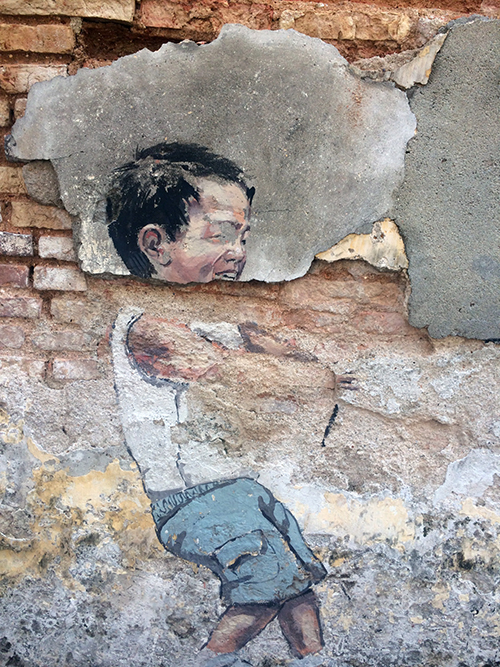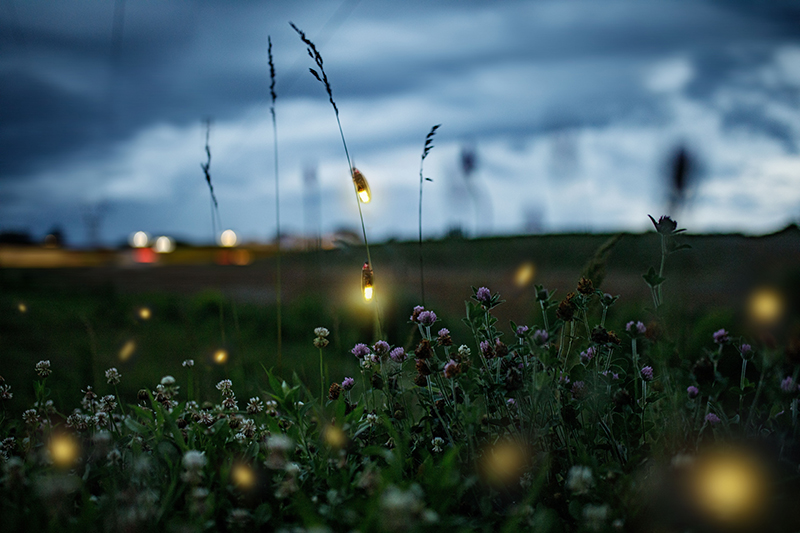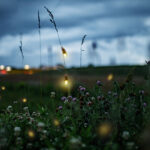IN THEIR OWN WORDS
White Supremacy Culture in Environmental Education
G. is an inspired leader with over 20 years of experience as an educator. Her personal mission is to nurture nature connection, connecting youth of color to meaningful and relevant experiences in nature through community-based and national environmental organizations. G. enjoys spending time with her two dogs and enjoys the magic of planting and cultivating a garden.
CDE asks: Which term do you want to focus on?
G.: White supremacy culture
CDE: So, what does it mean to you?
G.: White supremacy culture is the idea that the norm was crafted in the white image. Me, my spirit and body trying to interrupt that and finding friction.
CDE: What’s your story?
G.: My grandmother used to sell hotdogs at the local ballparks in New York. We’d stay there ‘til the nighttime, and lightning bugs would come out. I loved to collect them, and I’d squish them to see how they glowed! I remember this immense joy of sitting in this compacted dirt, playing with bugs and trying to understand what is happening with this. Why is this bug different from this bug? I had a sense of wonder. But there is a distinct moment when I was told that being in nature wasn’t in the city. Let’s take you out to nature. Let’s go away. Middle school was my first camping trip, but every single day before that I was outside—riding my bike, experiencing the trees. There was always this wonder of the natural world, but when I was asked to share my experience, I never talked about that as formative years. Instead, I talked about my experience with The Nature Conservancy, as this inner city kid. That story quieted those earlier memories of me playing in the dirt with those bugs. Yeah, there was concrete, but still there were London Plane trees that had this really curious bark.
Years later, in my early 20s, I became an environmental educator. I moved to Portland and worked for large conservation organizations. There was a lot I had to do to acculturate in order to keep my job. My blinders were up; I could feel the dissonance in my body. This brown body, Latina, Black, Afro-Caribbean, Puerto Rican…I was already different. A lot had to be dampened so I was not perceived as a threat. Once my team had to provide a Thanksgiving address to a bunch of white high school counselors with a white staff, but we didn’t even have ties to the local Native community! Once again I felt the dissonance in my body and spirit.
Through that work I started to understand that white supremacy culture was this idea that the norm was crafted in this white image. The white norm was quantity over quality, the idea that we needed to be efficient and productive. There was a mantra of “don’t let the agenda dictate the day,” but if your program is called “birding winter waterfowl,” you need to do these specific things. Parents were like, “Why didn’t my kid learn all these birds?” Well, we played in the snow! Because it was snowing out
There are lots of contradictions. One idea I saw perpetuated in the environmental education world was sit spots. You go into nature, you pick a spot and observe. It’s all about paying attention to the robin or the squirrel, because you’re quietly sitting. But there isn’t a connection that what you’re doing is mindfulness meditation. Specifically for the sit spot aspect, I was encouraged to utilize this component. We went out, I framed it, and gave the students parameters. I sent them out, and one of them came back to where I was, crying, hysterical, visibly emotional. These were young adults, 16-19 years old. I was like, what’s going on? It’s important to underscore that these were kids of color that were low income, from an area of Portland that the organization didn’t serve because it was far away from the area they work in. They had expressed to me that they didn’t ever get a chance to slow down and pause. So much of their emotions came up. It all came out and they couldn’t handle it; it was too loud for them out there. They needed to come in.

For me, it was that moment. The idea of sit spots comes with cultures that need to utilize that skill to observe and hunt…it’s a specific reason. But the idea of sit spots was co-opted, white-duded up into “this is what we’re gonna do,” without the connection to spirit. My focus was on what they could see and hear in the forest, but not what they could feel in their bodies. The moment this person came to me and was feeling that emotion, being in nature in that way, reminded me of the first time I had done that. White supremacy culture utilizes the cloak of environmentalism and nature to divide/hide the fact that we are nature.
There’s a dissonance—ignore the body, ignore the emotions, focus on nature because that’s what we’re here to do. Not that’s what we are, but that’s what we’re here to do.
That was a pivot point for me. I was going to focus on what they felt, their connection to their body, not what they saw or heard. It was a shift from “they need to know about this type of plant, this type of bird,” shifting into what they actually wanted to learn and what they were feeling in that space. This shift continues to impact my trajectory working with organizations on how to reframe environmental education.
So part of what I try to do now when I’m educating is remind people that they have this connection to nature. We don’t have to take you out to nature. That urban environment doesn’t negate that we’re connected. I think that’s interrupting white supremacy culture and a decolonizing model. We’ve been taught that we’re separate from the natural world.
My family’s from Puerto Rico, and when I ask my dad to tell me early stories, he talks about cultivating a garden with his grandmother. Folks forget that culture is rooted in everything.
Until we address the culture of so many of these organizations and systems, it’s gonna be really, really hard to shift for the sustainably long term.
I’m working with nonprofits that are trying their hardest to provide more culturally relevant and specific programming. “Culturally relevant” means you’re looking around your community and understanding what’s impacting the sociopolitical spectrum, and asking how is that connected to water? There’s so many lines! But you’re so focused on learning the biology of the salmon? Learning about stormwater? You’re missing the links. For folks to focus on dismantling white supremacy culture without a full understanding, it’ll be hard for them to check others and actually shift culture. If they’re recreating the same white supremacy cultural norms, then are we really changing anything complex?




